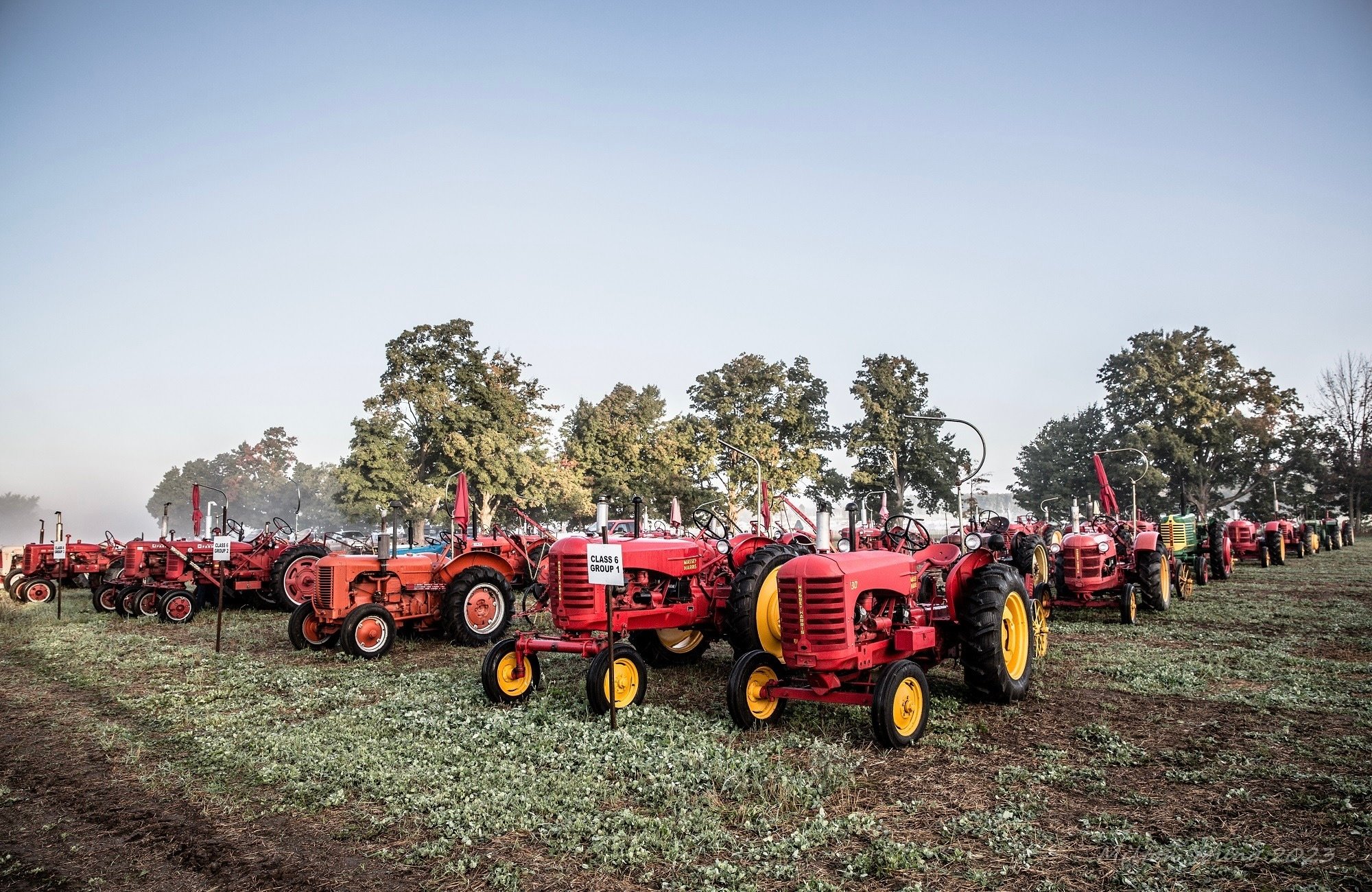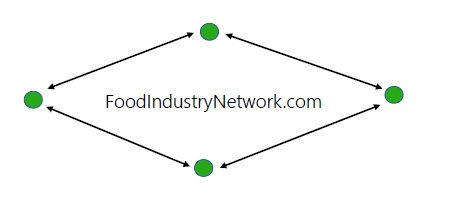Loss of biofuel market long-term impact of tariffs, according to analyst

The largest threat of the Trump administration to the income of North American farmers is not tariffs but the potential loss of biofuels as a market, says an American agriculture analyst and trader.
Joe Kerns, of Ever.Ag, told the Ontario Swine Conference that the Trump era will be painful, but will have an end.
Why it matters: Chaos in the agriculture marketplace has made decision making challenging for farmers.
“It’s tough not to start to get a little downtrodden, a little confused and confusion is going to have to be part of your game for as far as the eye can see,” Kerns said. However, he encouraged farmers to “stay out of the ditches” and get through the next four years.
Read Also


International Plowing Match to be held in Niagara Region
The 2025 International Plowing Match and Rural Expo (IPM) will take place in the Niagara Region Sept. 16-20. The annual…
“I can’t emphasize this enough. Agriculture is not the tip of the spear,” he said.
Kerns pointed to the fact that there are indications that Americans are already souring on Trump, including long-time popular Republican Chuck Grassley being run out of some of his annual listening tour sessions and large crowds showing up for rallies Sen. Bernie Sanders and Rep. Alexandria Ocasio-Cortez who he called “two of the most radical left folks we’ve got in Congress. “
“The worm is already turning guys,” he said, adding that Trump didn’t get the mandate he thinks he did, the Democrats just ran a poor candidate against him.
That said, there’s going to be a period of chaos, with tariffs used as a bargaining tool. Tariffs are not bans on products, just a dam put into a river of the flow of goods, he says. The products will continue to flow, but the distribution will be less efficient.
There will be repercussions of the Trump government’s policies for agriculture, including the potential of a large fee proposed on Chinese original and built ships docking at American ports, which could significantly reduce United States crop exports.
However, Kerns said that biofuels, which “has made us really really wealthy” in agriculture, will be gradually marched back and future uses in biodiesel and sustainable airplane fuel are much less likely to happen.
Ethanol made some sense, he said, as it can create about as much power as fossil fuel gasoline per unit. Biodiesel and sustainable airplane fuel don’t hold nearly as much potential to replace fossil fuels one to one.
The 911 terrorist attacks on the U.S. drove the introduction of biofuels, he said, as a moment in time when Americans felt threatened and wanted to reduce reliance on Middle East fuels.
Now we’re in another inflection period in history and there’s little impetus to continue the focus on biofuels.
President Joe Biden didn’t implement the 45Z Clean Fuel Production Credit before the end of his term, leaving it to President Trump, who Kerns said is unlikely to move forward with it.
Now, close to half of the U.S. corn crop goes to biofuels. Biodiesel would have provided an outlet for soybeans. Canadian companies have added refining capacity for canola with an eye on the U.S. market, but recently canola was removed from the acceptable biofuel sources.
Kerns predicted that agriculture revenues are about to plunge in the grains sector.
Agriculture’s wealth has been driven by biofuels and that’s affected the appreciation of land values in North America, he said. In Iowa, land values have increased from about $2,000 per acre 20 years ago to $16,000 per acre. Eighty-four per cent of the 30 million farmland acres in Iowa are debt free, mostly because 60 per cent of that land is owned by people older than 65 and 35 per cent is owned by people older than 75. About half of it is owned by women.
That means there’s about $302 billion worth of land wealth that hasn’t been taxed.
“We’re wealthy, but we’re in trouble,” Kerns said, as the strong crop price of the early 2020s dropped making the past couple of years challenging. He expects those growing soybeans in 2025 will lose about $2 per bushel and corn might break even.
The stale U.S. agriculture economy will be challenged going forward, as Brazil continues to add about two million acres per year in crop area and has enough land to continue that pace for 25 more years. Northern Brazil can grow two crops per year.
Some optimism for meat protein
Despite the negative sentiment around crops, Kerns is optimistic for meat, especially for the pork producer audience he spoke to in London, Ont.
World meat protein demand continues to grow and long-term, he said that should be good for Canadian pork producers who compete in specialty markets and do it well.
The challenge for farmers is that costs to build new facilities have increased and mean very little return for the producer, he said.
As a country with enough energy and good trading relationships elsewhere, Canadian pork producers are well situated, said Kerns. The increasing number of slaughter pigs going into the U.S. from Canada is a blip in the total U.S. market – four per cent of the slaughter – he said, but it will be hit by tariffs. He pointed to the large increase in Canadian pork that went to Mexico during the last round of Trump tariffs. He also said the European Union’s growth is done and it is rapidly decreasing as an exporter of pork, which can creates an opportunity for Canadian pork. Lower crop prices, which means lower feed prices are expected for at least four years, he said.
“Canada is not in bad shape in a world market as we roll here,” Kerns said. “The U.S. might be doing you a favour by accident.”
Source: Farmtario.com


